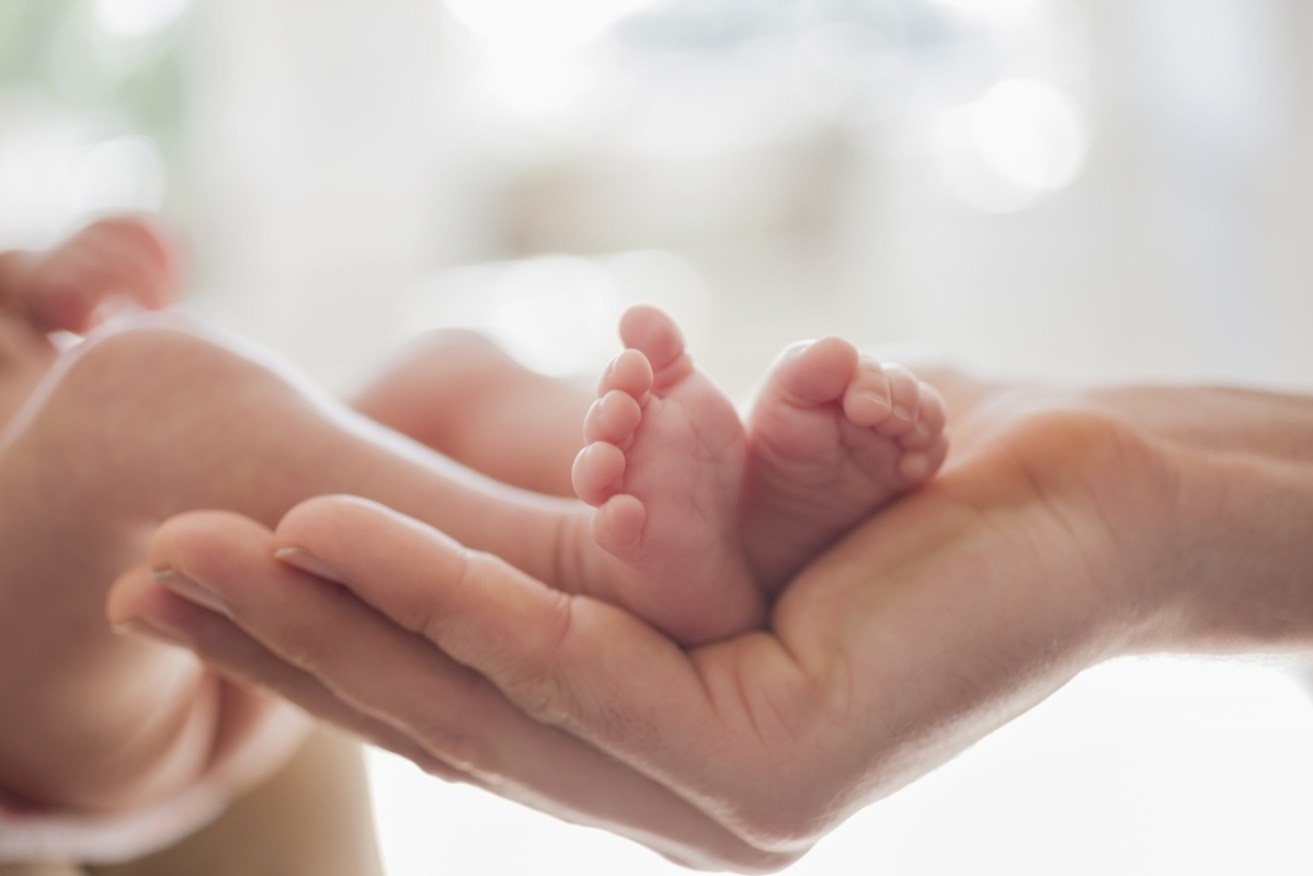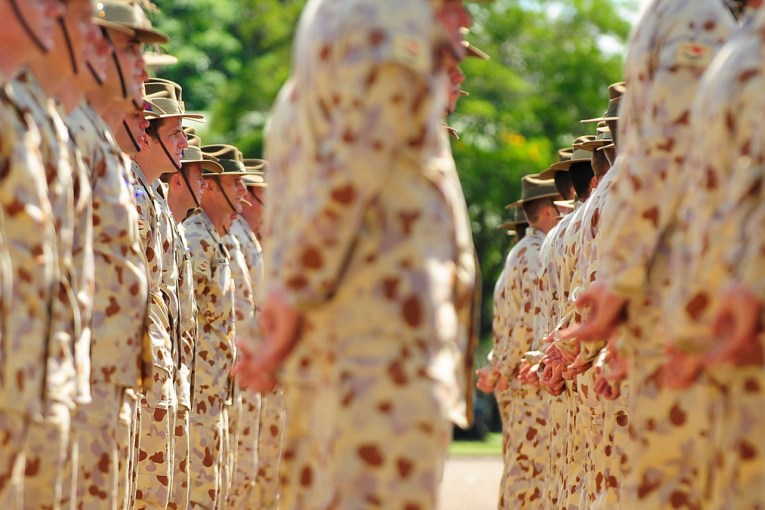The tragic reality of stillbirth rates not improving


The tragic rate of stillbirth in Australia. Photo: Getty
Six families lose a child to stillbirth each day, according to tragic statistics that reveal a neglected public health issue in Australia.
“That’s much worse than road fatalities and it’s a higher rate than many other diseases that are in the public eye and receive a lot more attention,” Professor Vicki Flenady said following a new Stillbirth Foundation video stressing the alarming number.
Professor Flenady, who heads the Stillbirth Centre for Research in Excellence, which opened in Brisbane in November 2016, told The New Daily stillbirth was a neglected public health issue in Australia and around the world.
For every baby that dies of Sudden Infant Death Syndrome (SIDS) in Australia, 35 babies are stillborn, according to the Stillbirth Foundation.
Last year a report into prenatal deaths in Australia also found the overall rate of perinatal deaths – stillbirths or neonatal deaths – had remained fairly stable for 20 years.
“Fifty per cent of stillbirths are not explained, and we need improved and better investigations into every stillborn baby to make sure we’re not missing any causes,” Professor Flenady said.
The Australian researcher said foetal movement – or the feeling of the baby kicking and moving inside the womb – remained the best predictor of stillbirth. She said this included weaker movement or changes to movement patterns.
“It’s not about a number of kicks over a certain amount of time … that is not based on sound evidence, but the best predictor is the mother’s perception of the baby not moving well.”
The problem with this “mother know’s best” predictor, Professor Flenady said, was that 60 per cent of women take 24 hours or more to report reduced movement.
She explained this was because mothers often “didn’t want to bother anybody” or feared they were “being silly” about their concerns.
“We need to encourage women to please check it out because that might be a vital window of opportunity to make sure the baby is well,” she said.
With the onus squarely landing on the mother’s shoulders and the “prickly nature” of maternity services and clinicians who “need to listen better to women’s concerns”, Professor Flenady said research was needed.
She said novel research could lead to a blood test, given placenta pathology was often a contributing factor to stillbirth, or a supplement to offer women to reduce the risk.
Advanced maternal age, or women over 35 years old, overweight women with a high Body Mass Index, are other concerns to consider.
Mother Lauren Malcolm told The New Daily her second child, Landon, came into the world in May 2015, but, sadly, he was stillborn.
The Stillborn Foundation ambassador said there were “major” misconceptions that stillbirth didn’t happen anymore and stressed a severe lack of education about foetal movement during pregnancy.
The 36-year-old mother said the saddest part of her story was that prior to losing Landon, she had complications during her first pregnancy with her first child, Harper, and had been advised to monitor her movements.
“The next pregnancy was deemed healthy and I was never instructed to monitor movement and although I had a child, I was only educated to monitor movement because there was an issue at the time,” Ms Malcolm said.
She said 24 hours before Landon died there wasn’t a reduction movement, but the movement became more subtle and different.
“I went to bed and the following morning I had no movement and later found there was no heartbeat and an induction happened later that evening,” Ms Malcolm said.
“The travesty that we’ve gone through is hard to know about, but the statistics are terrible and when Landon died, there were also five other babies.”
The mother has since had her third child, Knox, who is eight months old.








